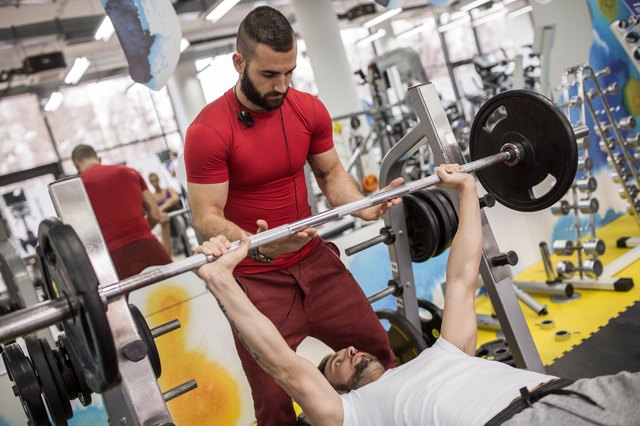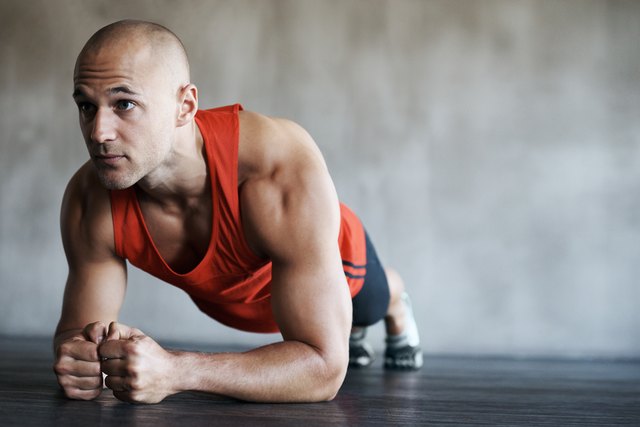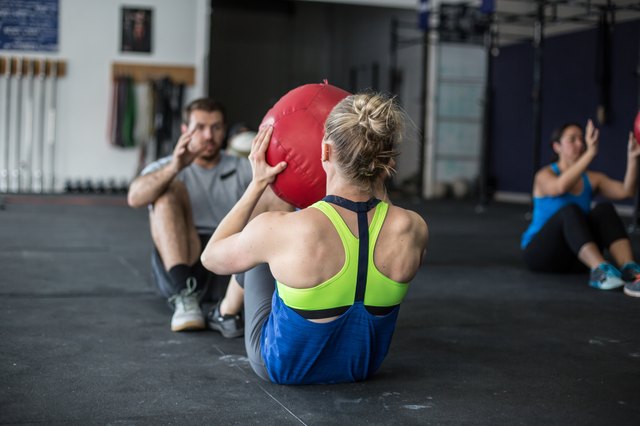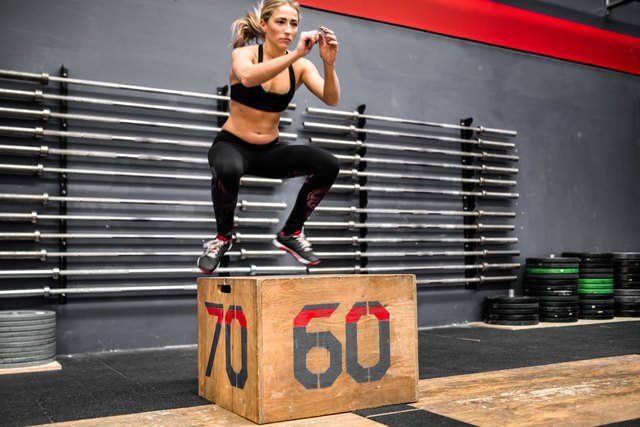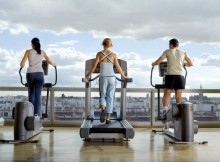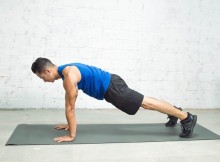Five world record holders share their fitness tips
Advertisements
Guinness World Records is not only a compilation of who has the longest fingernails or who can squeeze the most milkshakes out of the nose, but also a lot of fitness records, such as the longest board, the longest wall hanging, most heavyweight sumo squatting in an hour, most burping in a minute. These may not be your goals, but the record holder has something that every practitioner can use: the ability to set goals, train goals, and achieve them. Here are 13 suggestions for 5 record holders to help them improve in professional training, set better goals, and achieve personal records. You can combine them to get the same results from your own training.
integral: tinpixels / E + / gettyimages Advertisements set small goals that can be achieved on the way to larger goals, but Wendy IDA recommends setting small goals in the process. It's really small. California's 66 year old personal trainer has a record of being the oldest active personal trainer in many disciplines, and the most hiccups in a minute (an impressive 37). " When you set a small, tiny, mound like goal, you get there, and then you go, "Whoa!" "You pat yourself on the back," ADA said. Remember how you feel when you do good or achieve, especially when you don't want to exercise. When you feel that way, think back to how you felt and felt the other day. " The contribution of can also help you gain weight. Robert Herbst, a weightlifter who has set 38 world records, said he added only 2.5 pounds of bench pressure at a time as he progressed to the world record at 60 and above. " Break it down into five pounds a month or how much you want to accomplish in a year, "he said, not just the last number. If you are practical, patient and diligent, things will happen. " Credit: Dave and Les Jacobs / blend images / gettyimages don't feel pressure because some sports are considered to be "the best", said Tina Ho, the world's longest wall sitting (11 hours and 51 minutes) and heaviest sumo squat (104836 pounds) record keeper. Get to know your body and train for it. " For example, although many people like to squat forward, it doesn't work for her. But she can perform sumo squats - a lot of them - without losing shape. It may be easier and more natural for you to practice a stiff leg deadweight than traditional deadweight. If a particular sport pattern is more effective for you, focus on getting stronger in that pattern and see if the coach or coach can help you understand and potentially fix the pattern that doesn't work. Credit: aleksandargergiev / E + / gettyimages Walter urban, the world record holder, completed most of the weight of SUMO in one hour, most of the weight of squat in one hour, and most of the weight of SUMO in one minute, which is also applicable to dynamic sports. When he performs squats, he says, "I try to relax my upper body as much as I can." Start with your grip: don't use a dead grip with a white knuckle. Fix it and focus on the muscles you need to move. points: Adobe stock / deagreez integral: Cavan images / Cavan / gettyimages Credit: brauns / E + / gettyimages George hood can support the forearm for more than 9 hours. But to stick with that long board, he said, he focused on shorter boards - and more. He says, divide your planking into shorter repetitions, focusing on quality. " Board, as far as it is concerned, is a kind of systemic exercise. So instead of a three minute cricket, try nine rounds, 20 seconds at a time. When doing each action, put the elbow directly under the shoulder, do not touch the hands, and form a straight line from the head to the heel. Maintain this position through full body muscle activity. Take a few seconds off and come back. Over time, you'll find that the three minute board you've struggled with is a breeze. Please join us! help livestrong.com break the board laying world record you may have read that if you squat and lift you don't need direct core work because these exercises have used your abs. But if you don't have the strength to support your core in these actions, you won't benefit. Walter urban, the holder of three world records, said many people had a weak core when performing these moves. In my opinion, nothing is more important than your core. Able to support your core to protect your spine during heavy barbell movement. Urban said he would do sit ups and other ab moves during the two sets of breaks - up to 250 times a day, four days a week. This, he said, makes him lift weights more forcefully. " If your abs are really strong and your back is strong, then your body is balanced. Ask someone else to count your repetitions Advertisements if you want to create a personal record of repetitions or time through practice, record holder Walter urban suggests having a friend or training partner count your repetitions. " If you don't focus on counting, you can focus on the elevator, "he said. Don't think about that number. You can do more than you think! " Doing more repetitions not only helps you create a personal record, but also helps you build muscle without changing your lifting weight. In a 2016 study published in the Journal of Applied Physiology, increasing the intensity and size of a maximum (i.e. one-time increase) from 30 to 50% (one-time increase) to 20 to 25 units was the same as those of those who increased the maximum from 75 to 80% to eight representative groups. Alvarez / E + / gettyimages " if you imagine this action, the same nerves will burn (if you do the actual exercise). " Robert Herbst says he also trains visually for his heaviest lifts. Because weightlifting is really heavy - whether it's your record or the world record - to recruit the right muscles, he said, mental exercises can help prepare your neural pathways for their work when you're really heavy. What do you think of the merits of do you know all of these record holders? If you were to set a record, what would you try? Are you impressed by these feats of strength and endurance? What suggestions resonate with you? What is the most helpful in setting and achieving goals? Share your thoughts in the comments below! join us! help livestrong.com break the world record / E + / gettyimages Advertisements 1. It's not new to set and celebrate small goals
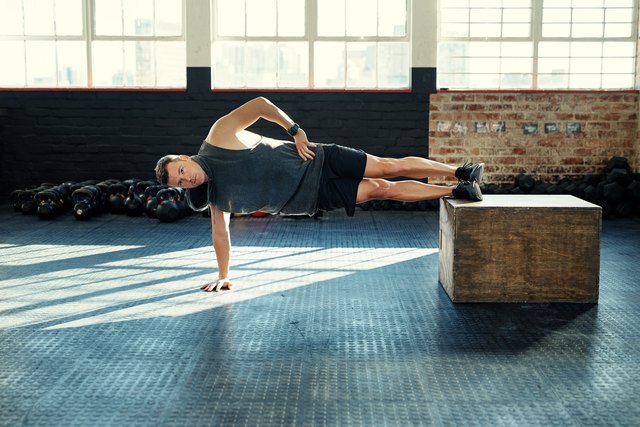
2. Taking a step forward with a small goal of

choose the right exercise for your body
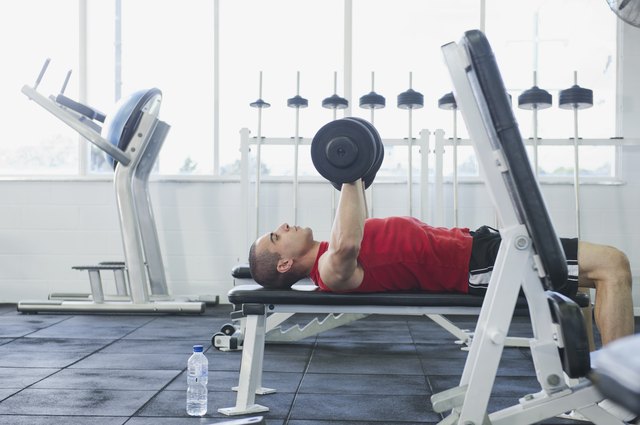
4. Don't waste your energy trying to tighten the muscles you don't use. The secret of thienna ho is to sit on the wall for more than 11 hours? Spend energy only where it's needed. " You have to learn how to relax your arms and your whole body, "she said. The same approach works for you: focus your strength and contractions on the muscles you need to perform the exercise, and keep your arms contracted for the action you need.
5. "When you involve your legs in bench sports, sometimes you realize that there are more muscles involved than you think, and bench sports is a good example," said Robert Herbst, 55-59, the U.S. record holder for bench sports. If you "tap" your legs while lifting, you're not driving from your legs, "he says, which reduces your lift. He said that lying push is not just a chest exercise, it involves the whole body. Your feet should be firmly on the ground to create more power. " Hold the bar with your hands, [feet flat on the floor], and push the floor with your heels. Feel the pressure with your quadriceps and your hips, "says Herbst. When you push up and perform bench press, continue driving with both feet.
6. "In the beginning, get used to lifting your target weight even if you can't," said weightlifter Robert Herbst. When I squat down, I add 50 pounds to the bar and walk back with it, "he said. So if he's squatting 325 pounds now, he'll put 375 pounds on the bar, then take it off the shelf and put it on his shoulder to feel it. 'it helps train the receptors in your tendons to be used to carrying more weight, rather than shutting you up when you really need to lift it (they're designed to prevent injury),' Mr. Herbst said.
7. Once you're used to weight, Robert Herbert recommends making a speckled setting with your target weight. Slowly lower the weight yourself (this is the weird part of the exercise), and then ask your observer to help lift it up. Not only will you get stronger from the lower part, he said, but you'll also adapt your body to understand how it feels to lose the target weight, so you'll practice half the weight lifting as you strengthen. The credit of
8. How long can you last to improve your mental toughness? One Minute? Maybe three? George hood has been beating you for nine hours! " "The first 45 minutes or an hour were just getting comfortable on the mat," said 60 year old fitness director of the Indian border YMCA in Donald grove, ill. After that, I wearAfter a few walls. You only need to be mentally strong to break through the wall. " The credit: figure picture / digital vision / gettyimages
9. Focus on shorter and better decking
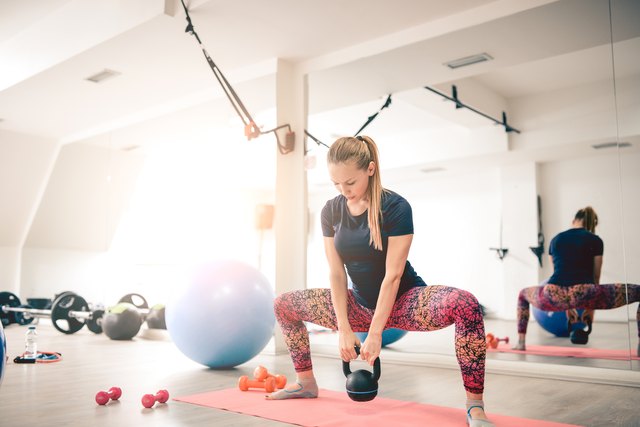
10. Strengthen your core strength to squat and lift more
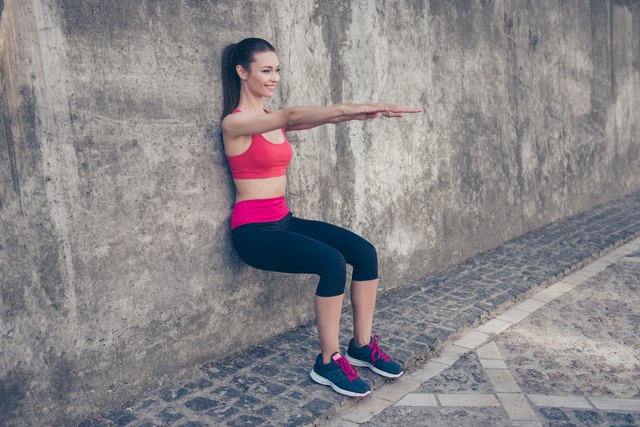
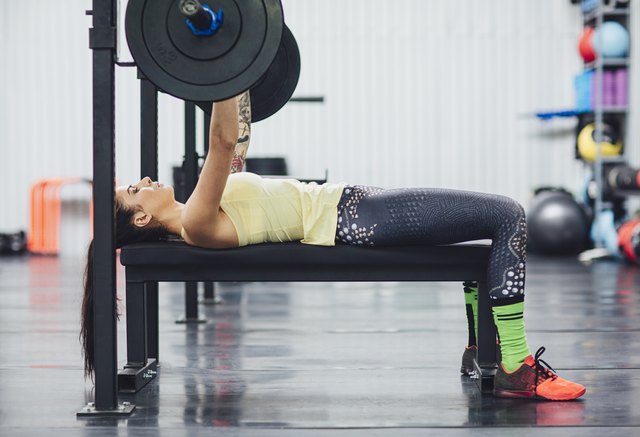
12. Wendy IDA said she already knew how she would feel when she reached a goal, because she had practiced that feeling. ADA said she did it to set a record for most hiccups in a minute, practice the hiccups repeatedly in her mind and how she felt in a minute at work. " "Describe what you want to achieve," she said. The more mental energy you put into your dreams, the more likely they are to come true. Strengthening your physical and mental connections is more than just feel good nonsense: science has proven that it can make you stronger. In a 2014 study in the Journal of Applied Physiology, those who exercised their wrists psychologically for a month increased the strength of their wrists even when their joints remained in plaster. "
?

